blog
Book review: Pretty Much by Sandy Carson
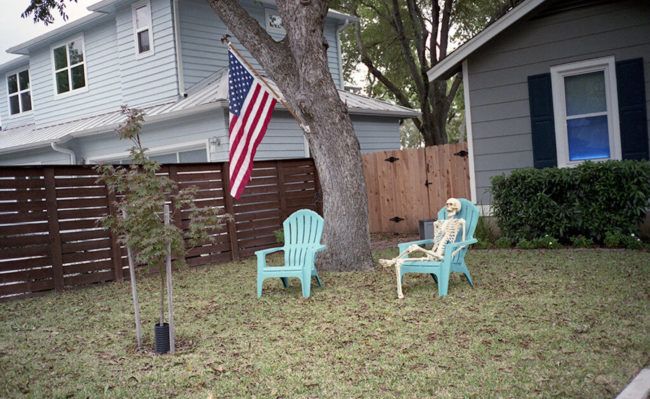
From ‘Pretty Much’ © Sandy Carson
Sandy Carson’s latest book, Pretty Much, is a humorous look at where he found himself in 2020 his adopted hometown of Austin, Texas. Carson’s photographic viewpoint is a sympathetic and curious exploration of his surroundings. His images address such weighty topics and social issues like racial injustice, housing insecurity, financial security, grief, and family life. The topic of financial security alone looms large – many Americans either lost their jobs, were laid off, or furloughed indefinitely during 2020. Sea changes to the global workforce have impacted industries and markets around the world; dramatically altering them for decades to come. And in some ways, the pandemic has made many people feel like an outsider in their own community, town, or country. Carson’s work seems to wholeheartedly represent the ‘American’ hopes and dreams which perhaps don’t always come to fruition.
F-Stop Magazine has featured his work in the past, and I’ve followed Sandy’s work for a number of years. Two of his previously published books, I’ve Always Been a Cowboy in My Heart, and Passing Place feature his signature style visual language. His Puckish sense of humor and wit, both visually and in conversation, gives the impression he doesn’t take himself too seriously; while his work tells a very different story. All the pistons are firing under the hood, everything is revved up and going, even though on the surface he appears laid back and calm.
In addition to weighty existential and social issues, Carson also addresses levity. He turned his wry sense of humor to documenting and commenting upon the inaugural pandemic year while many folks hunkered down. Carson hit the pavement and continued creating work while many of his prospects for editorial photographic work were on hiatus. His ironic juxtapositions of similar and dissimilar items he encountered, or whimsical themes, are engaging and humorous visual one-liners. Glimpses into daily life and routine are artfully blended with documentary style photographic images which use witty visual interplay.
The image on the cover might seem a bit silly at first glance – a potted evergreen tree sits in the back seat of a car, secured with a seat belt. The image was made when Carson was taking the pine to his father in-law’s nursing home to replace his old one that had died. Literally, and metaphorically, we see a fresh, new foundation for generations of growth being protected for transport. The way the image reads is immediate, and philosophically it is forward-thinking as well – even if it appears silly at first. Carson’s taste for absurdity highlights aspects of life which take on new meaning. At the onset of the pandemic, many people were faced with looking at commonplace objects in new contexts. The familiar became strange, and begged for new interpretations. This approach is in Carson’s roundhouse, and his book highlights these strengths when it seems like a good sense of humor matters most.
A little more than halfway through the book, in the midst of the visual pacing for this story, the image of a pair of live roosters on a sunny Austin streetscape appear on the left side, juxtaposed against a righthand image of a towering, giant, white, fiberglass rooster securely strapped down in the bed of a pickup truck. Items securely held in place (and roosters, though probably not as important) weave an interesting visual thread in the book. Objects strapped down, held in place, taped, or bound together speak to a sense of security or comfort; much like a proactive parent who double-checks to make sure their child in a car seat is securely belted-in for a trip to visit Grandma. Keep your precious cargo close to you, ensure that nothing is going to come loose, so nothing is going to drift away or be lost. One could also interpret the theme of being ‘bound together’ in an emotionally touching way. Many people suddenly found themselves interconnected during the pandemic through shared experience, or shared trauma. When so much of the world, and our collective lives, felt un-moored in 2020, safety and security have become two of the most important aspects of many peoples’ lives around the world. Thus, this work could have been photographed anywhere in some sense. The impact and resulting personal connection is almost universal.
Carson’s exploration subliminally highlights very real conflicts of a life-threatening pandemic and its direct impact on ourselves and our loved ones. In another two-page spread, the viewer sees a pair of gloves stuck to the bottom of an overturned trash bin paired against an image with a single rubber glove hanging on the latch of a metal mailbox. In the midst of early 2020, many people were sorting out the question of ‘What is safe to touch?’ ‘Can I safely handle my mail?’ ‘Should I wear gloves for touching anything except my own body?’ Again, the sense of caution or fear over the unknown and how to safely navigate our everyday lives could be brought to the fore very easily.
The interplay Carson explores with graffiti and/or signage presented in tandem with mundane scenes smartly addresses reading social signals. Many Americans were, and still are, at odds socially and politically. Many found themselves asking which news sources could be trusted, or frankly: which facts could be trusted. Another of the photo spreads shows a building’s large brick wall where someone has spray painted the words ‘United We Stand’, and the opposite page shows the erasure of the statement from the wall via power washer. This scene or pairing raises the question: at what point does vandalism approvingly mesh with collective sentiment, and how does one respond when it is censored in the midst of social upheaval? Who does the graffiti artist represent, and who is the censor? Do they oppose the sentiment, or just want their property to be free of spray paint? When Carson shared with me that the building is a police station, my initial hunches only deepened. Carson’s presented or crafted scenarios prompt the viewer to consider questions such as these; and while these questions loomed large and were pervasive in 2020, such topics and images are modestly tempered when seen comfortably from the latter half of 2021. Tragedy + time = comedy. Pretty much.
I gladly found the book to be aptly engaged with the subjects Carson takes on, and the bitter-sweet irony and humor throughout the book gently cushions the experience of tackling such weighty issues. I often found myself snickering aloud, and smiling while taking in Carson’s vignettes. Pretty Much intentionally strives to lift our spirits, and does so with Carson’s signature wit; often with tongue firmly planted in cheek.
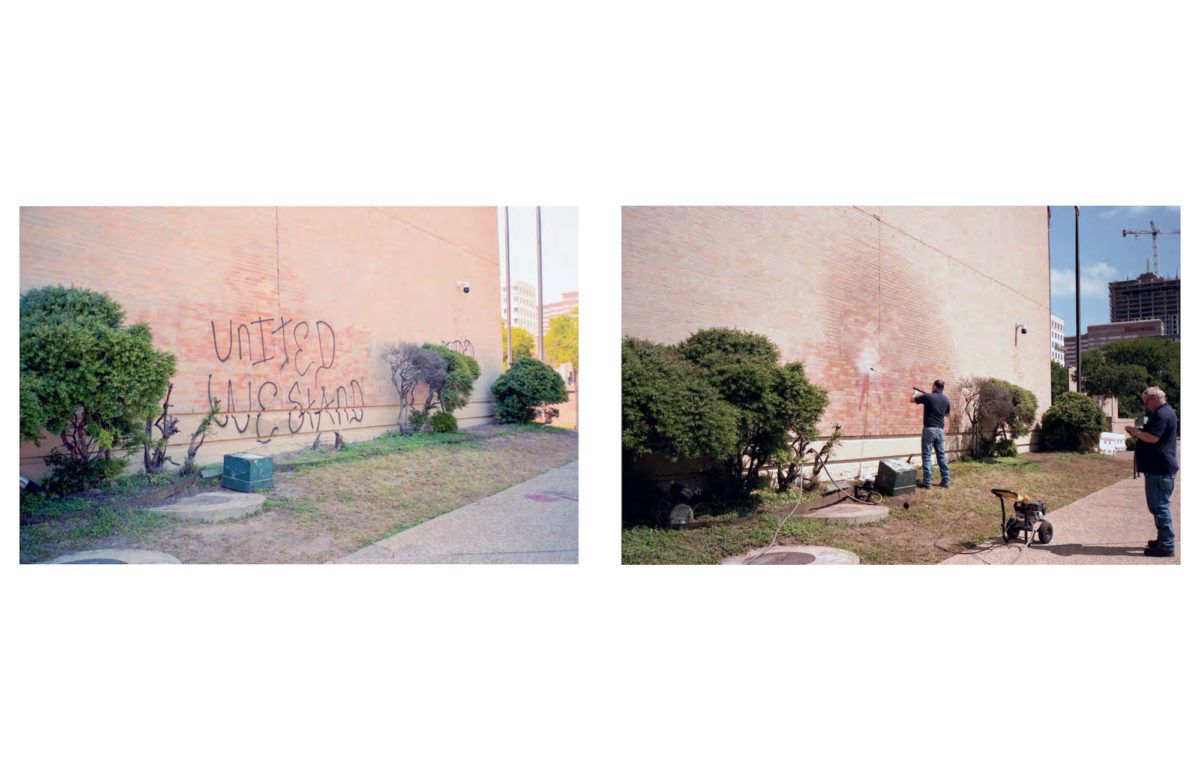
Book spread from ‘Pretty Much’ © Sandy Carson
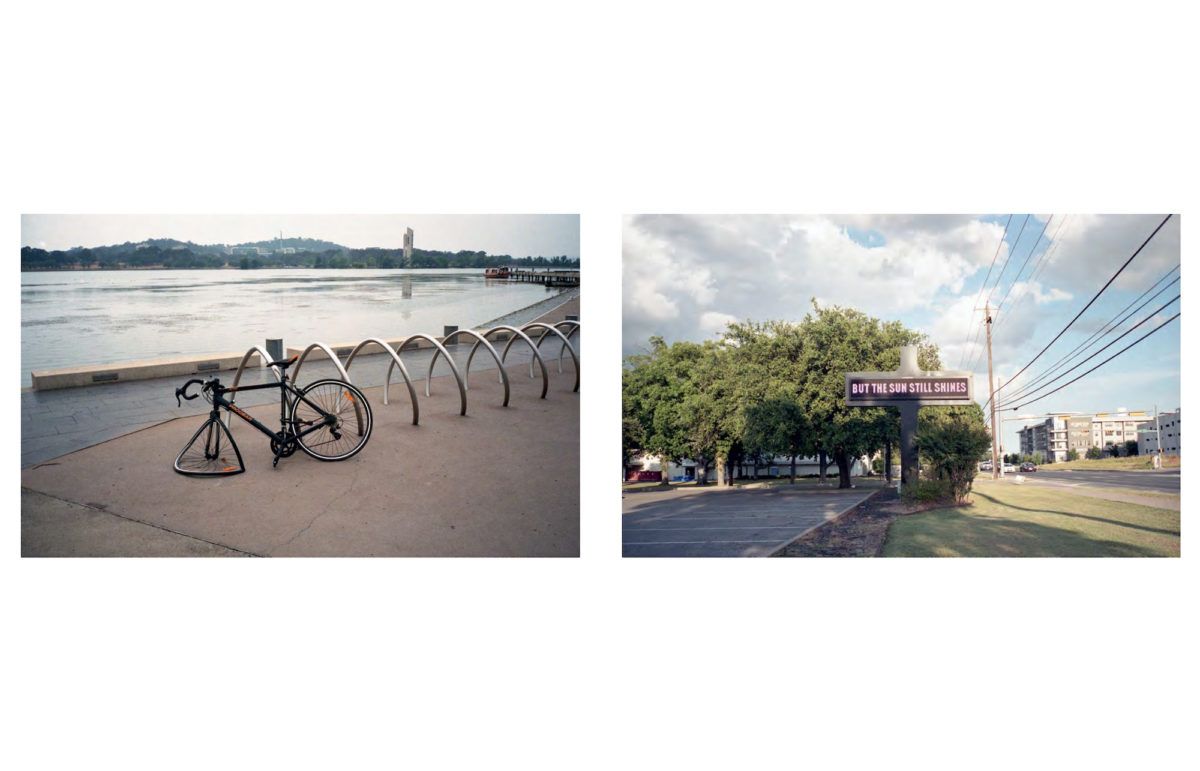
Book spread from ‘Pretty Much’ © Sandy Carson
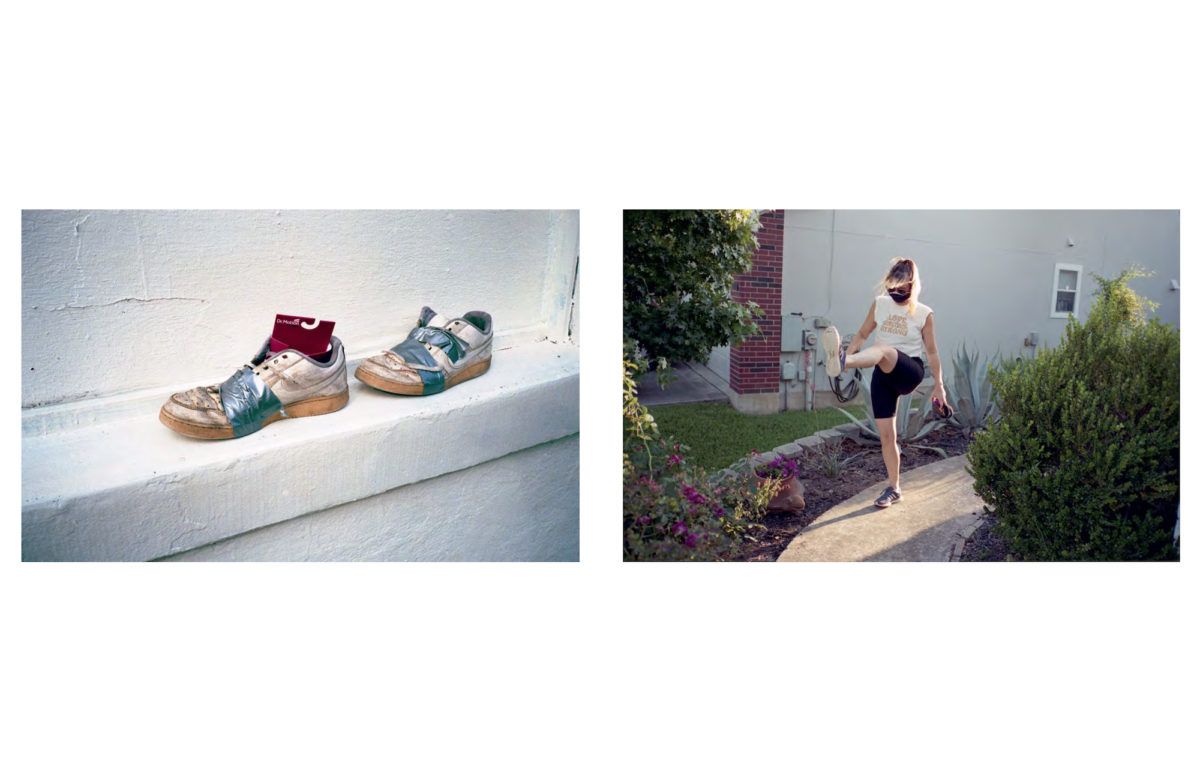
Book spread from ‘Pretty Much’ © Sandy Carson

From ‘Pretty Much’ © Sandy Carson
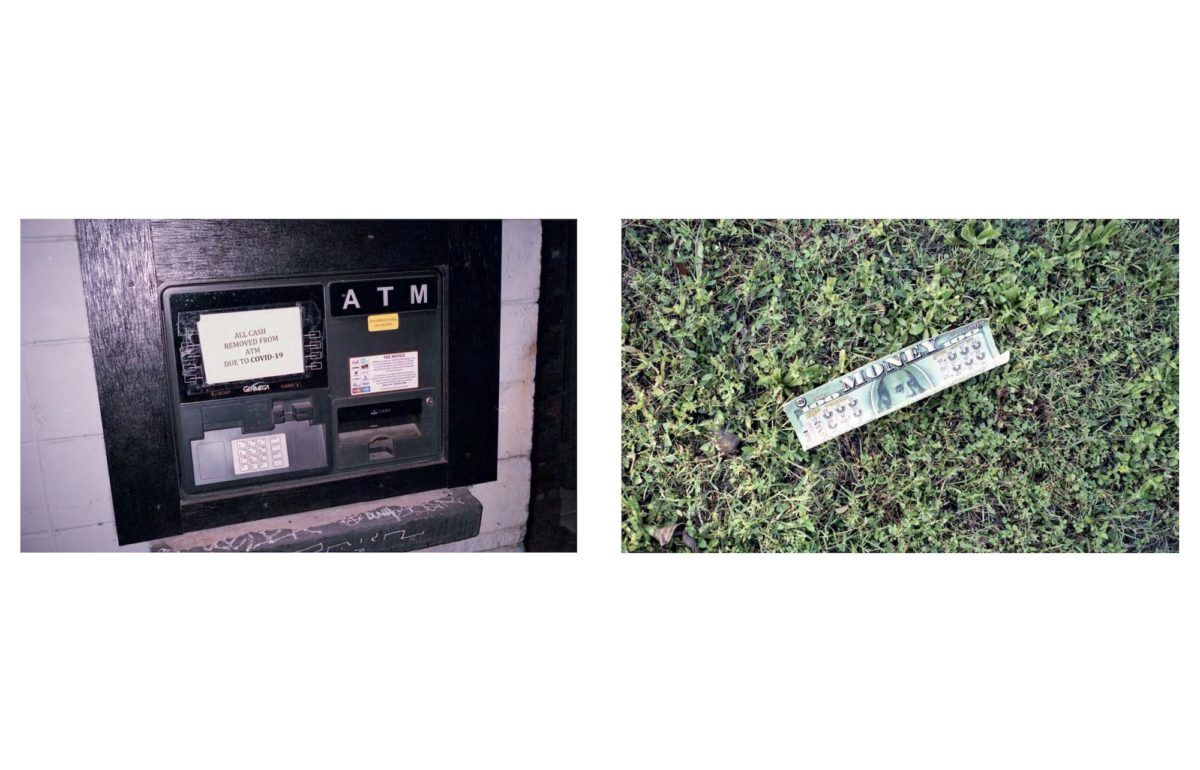
Book spread from ‘Pretty Much’ © Sandy Carson

Book spread from ‘Pretty Much’ © Sandy Carson
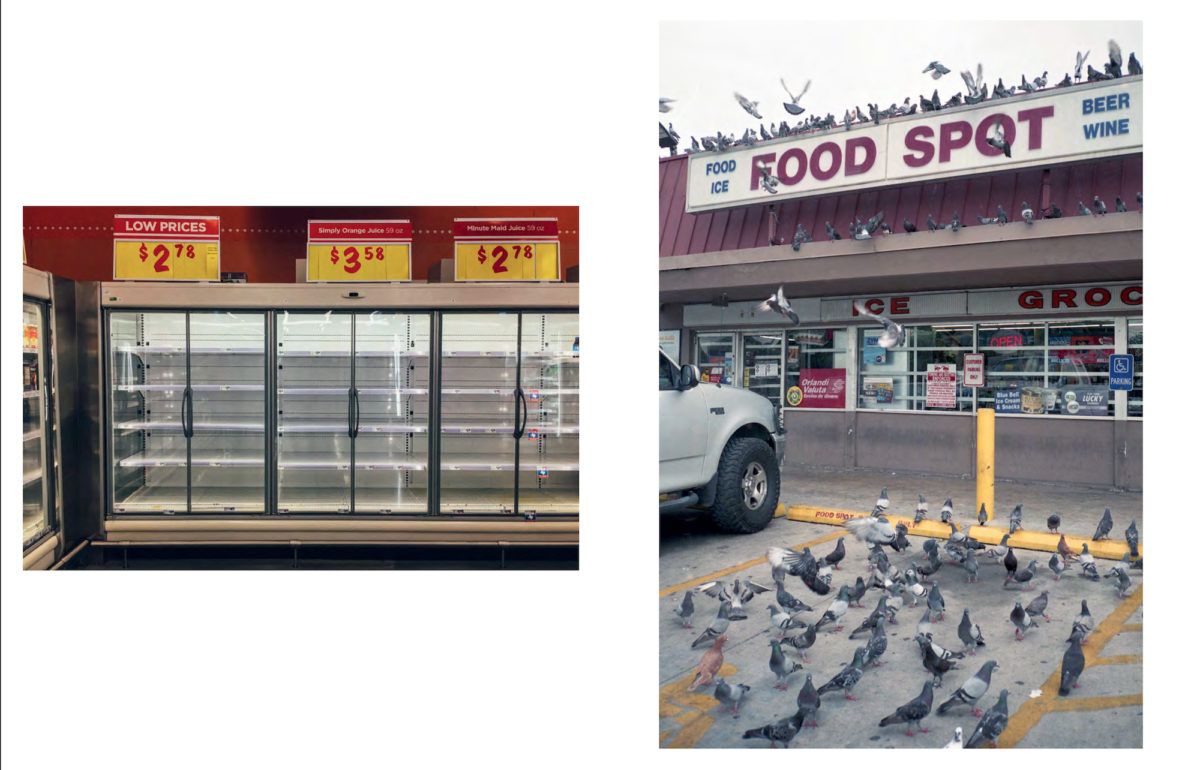
Book spread from ‘Pretty Much’ © Sandy Carson

From ‘Pretty Much’ © Sandy Carson
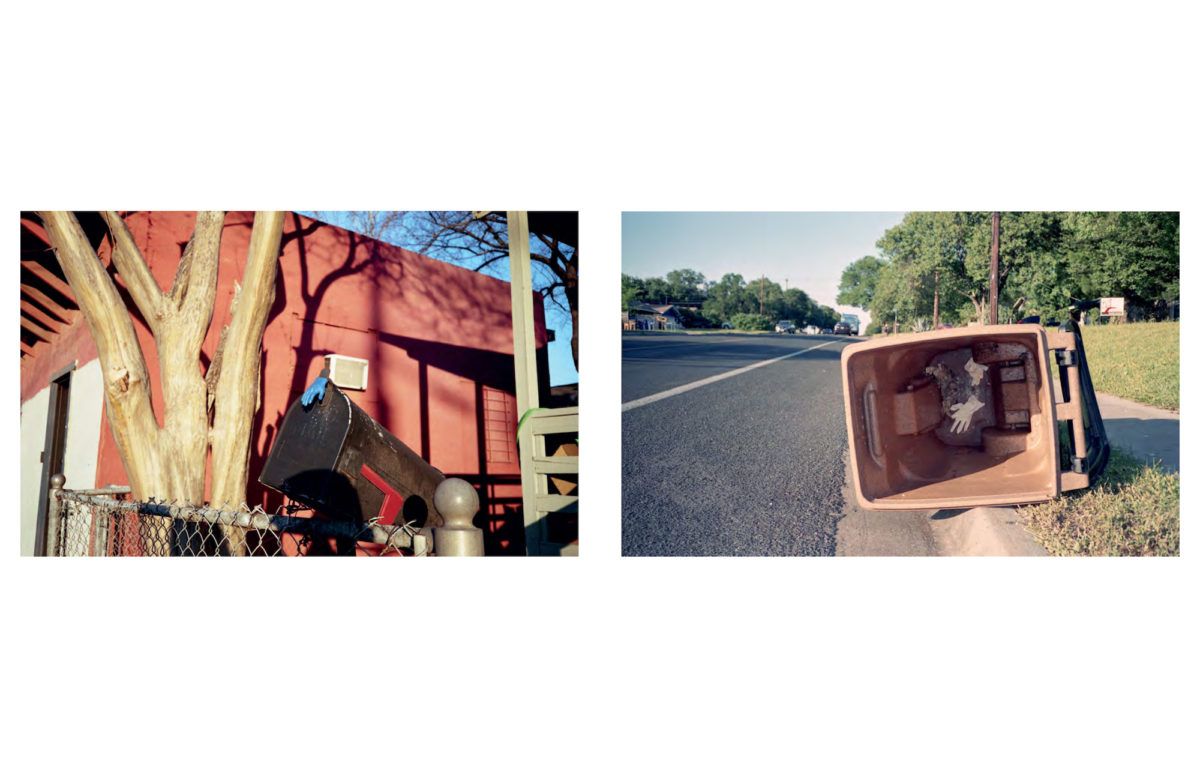
Book spread from ‘Pretty Much’ © Sandy Carson
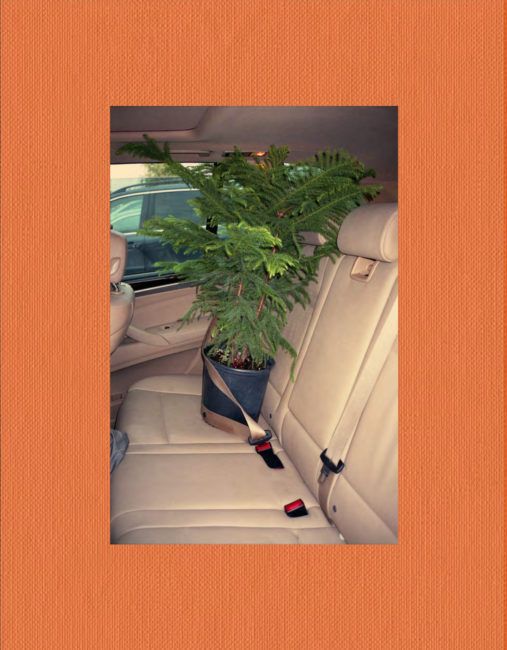
Pretty Much
by Sandy Carson
Text by Chloe Juno
Edition Size 300
9″ x 7″, 96 pages
Hard Cover, Perfect Bound
Published by Aint–Bad
Sandy Carson is a Scottish born documentary and commercial art photographer, film maker, musician and cyclist who is based in Austin, Texas. He traveled the world for 20 years as a professional BMX rider, where he also honed his skills a photographer. His photography and documentary film practice is a balance of commercial and editorial reportage, with long-form personal projects published as monographs.
Carson’s work is published in The New York Times, The British Journal of Photography, Aperture, Harper’s Magazine, The Guardian and The Oxford American with clients including New Balance, Kodak, Rapha, Levi’s, Cannondale and Red Bull. To learn more about him and his work, please see his website www.sandycarson.com
This is an edited version of a review first published with YIELD Magazine.
Location: Online Type: Book Review
Events by Location
Post Categories
Tags
- Abstract
- Alternative process
- Architecture
- Artist Talk
- artistic residency
- Biennial
- Black and White
- Book Fair
- Car culture
- Charity
- Childhood
- Children
- Cities
- Collaboration
- Community
- Cyanotype
- Documentary
- Environment
- Event
- Exhibition
- Faith
- Family
- Fashion
- Festival
- Film Review
- Food
- Friendship
- FStop20th
- Gender
- Gun Culture
- Habitat
- Hom
- home
- journal
- Landscapes
- Lecture
- Love
- Masculinity
- Mental Health
- Migration
- Museums
- Music
- Nature
- Night
- nuclear
- p
- photographic residency
- Photomontage
- Plants
- Podcast
- Portraits
- Prairies
- Religion
- River
- Still Life
- Street Photography
- Tourism
- UFO
- Water
- Zine

Leave a Reply